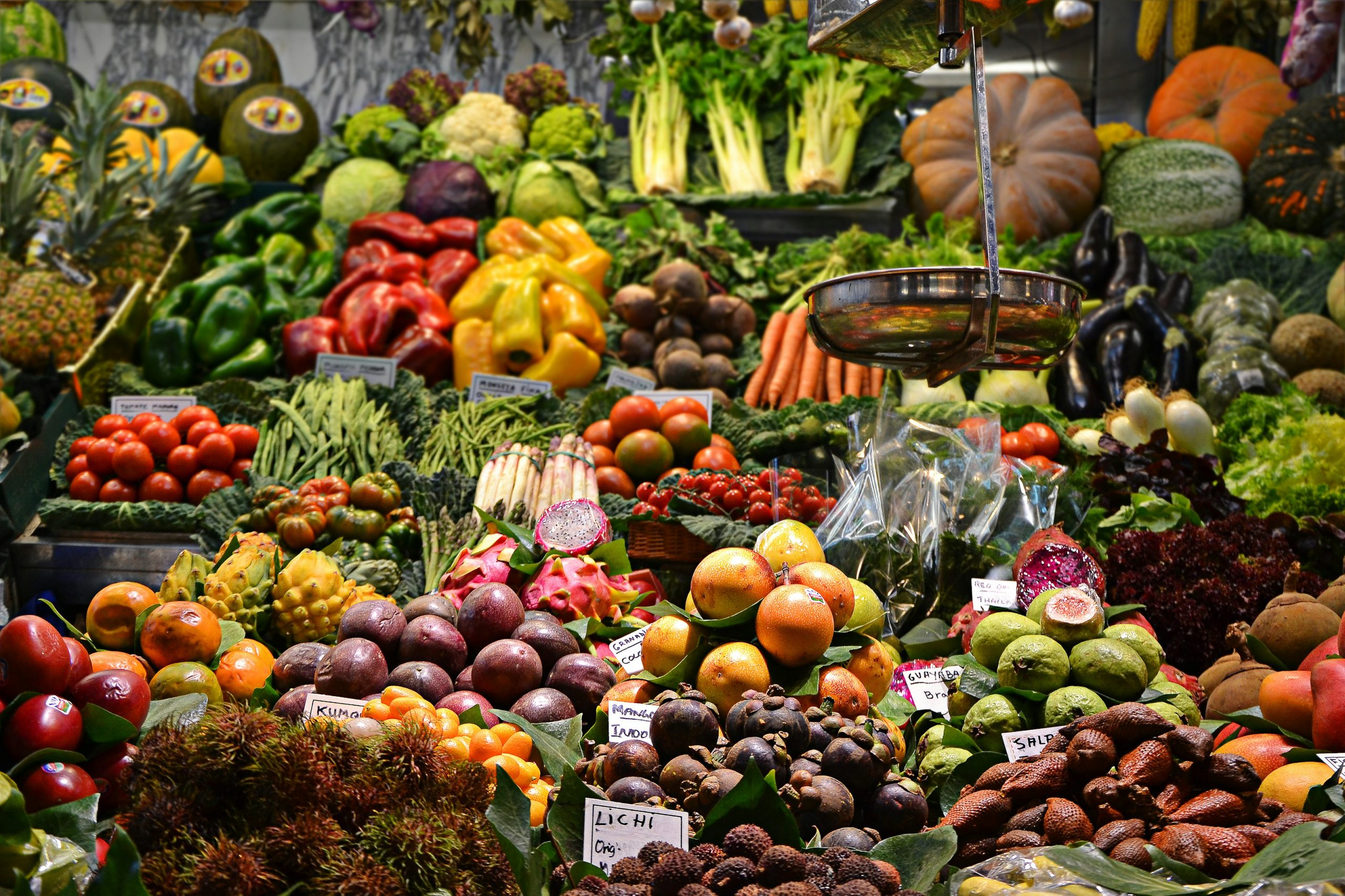Grocers seeking the full potential of their digital platforms may want to investigate contextual commerce, wherein they present products to customers based on their wants and needs rather than the contents of traditional store aisles. Apps and ecommerce sites are free from the confines of a physical space and letting consumers shop for recipes or other bundles instead of finding the ingredients from disparate parts of the site is key to removing friction.
“Increasingly people just want to make spaghetti, and I think contextual commerce is letting them do that,” said Jennifer Silverberg, CEO of SmartCommerce. “In a place-based world where the retailer is stuck with their planogram you can’t have a spaghetti section and a chicken cacciatore section and an egg roll section. But you can have that online, and this is where recipes really make sense.”
Silverberg likened contextual commerce to endcaps in traditional stores. They are both places where grocers can combine items in a context that makes sense for key events, like the holiday season or spring cleaning, rather than items paired together because they belong in the same product category, like cereals or canned vegetables.
“Every grocery store in the United States is going to have an end cap this month that has green beans, French’s onion rings, and Campbell’s cream of mushroom soup because that’s how you make green bean casserole,” said Silverberg. “But then retailers tend to place ads like ‘green beans 50% off’ or other out-of-context stuff. They really need to think about this not as an extension of the digital shelf, but as an extension of the endcap, because endcaps are almost always solution driven.”
Contextual commerce isn’t just for food and recipes. Silverberg noted that bundling together other supplies, like Windex and paper towels or Neosporin and Band-Aids, makes sense in the right context. Grocers need to be thinking about why their customers are shopping, not how their customers expect to see products laid out in a store.
Additionally, grocers shouldn’t reserve their contextual commerce efforts to when consumers are actively shopping, according to Silverberg. Data has shown that the average person only actively shops for about 17 minutes per day, but they may be passively open to a good deal or a reminder that they need a refill on a certain product at other times.
This presents an opportunity to present a potential purchase, but it must be offered in the context of the moment. No one is going to stop browsing social media to visit a retailer’s site but offering a seamless way to add items to a cart for later checkout without interrupting their experience could present a tempting opportunity.
“You can’t get them to pivot everything about their life and suddenly go into a shopping motion,” said Silverberg. “You want to meet them where they are. You have to make sure that what you’re talking about first of all has contextual relevancy to what the consumer needs, and second is contextually relevant to where they are in that moment.”











